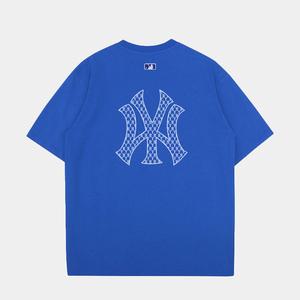Cellulose fiber and protein fiber are two common types of fabric fibers, and they have different characteristics and properties. The main characteristics of cellulose fiber and protein fiber fabrics will be introduced below.
1. Characteristics of cellulose fiber fabrics:
1. Wide range of material sources : Cellulose fiber is mainly derived from natural plant fibers, such as cotton, linen, bamboo, etc. These plant fibers are rich in resources, renewable in nature, and environmentally friendly and sustainable.
2. Good air permeability: Cellulose fiber has good air permeability, allowing air and moisture to pass through the fabric, allowing the skin to ventilate and breathe, and making the human body Feel comfortable.
3. Strong hygroscopicity: Cellulose fiber fabric has good hygroscopicity and can absorb moisture in the air to keep the skin dry, especially suitable for summer wear.
4. Good softness and comfort: Cellulose fiber fabrics have high softness, good anti-wrinkle properties and are comfortable to wear.
5. Weak heat resistance: Cellulose fiber has poor heat resistance and is easily affected by high temperatures. It is easy to deform and shrink, so you need to pay attention to ironing. and washing temperature.
6. Light and soft feel: Cellulose fiber fabric feels light and soft, has good drape and is comfortable to wear.
7. Easy to dye: Cellulose fiber has good dyeing properties, is easy to absorb dyes, and has high color fastness.
2. Characteristics of protein fiber fabrics:
1. Contact with human skin Comfortable: Protein fiber is composed of natural protein and is very soft and comfortable when in contact with human skin. For people with sensitive skin, protein fiber fabric is a better choice.
2. Good hygroscopicity: Protein fiber has good hygroscopicity and can absorb moisture from the surrounding environment, making the human body feel dry and comfortable.
3. Has good thermal insulation properties: Protein fibers can form a protective layer in the air, effectively retaining body temperature and providing a certain warmth retention effect.
4. Good gloss: Protein fiber fabrics have good gloss and mercerizing feel, which can add a sense of luxury and high-end to clothing.
5. Weak durability: Compared with some synthetic fibers, protein fiber fabrics have poor durability and are susceptible to friction, stretching and other factors. effects and require special care and use.
6. Easy to age and deform: Protein fiber fabrics are easily affected by factors such as light and oxidation, and are prone to aging and yellowing, and may cause fiber breakage and Tissue deformation.
7. Good antibacterial properties: Protein fiber has good antibacterial properties, inhibiting bacterial reproduction and reducing odor generation.
In summary, cellulose fiber fabrics have the characteristics of good air permeability and strong moisture absorption, while protein fiber fabrics have good comfort and strong gloss. Features. When choosing fabrics, you can choose suitable cellulose fiber or protein fiber fabrics according to different needs and seasons.








